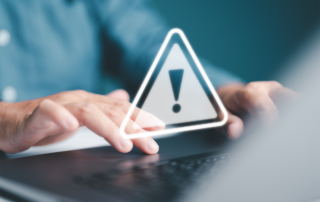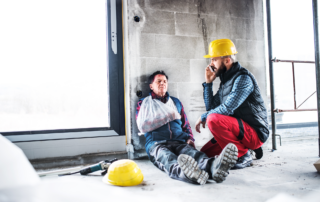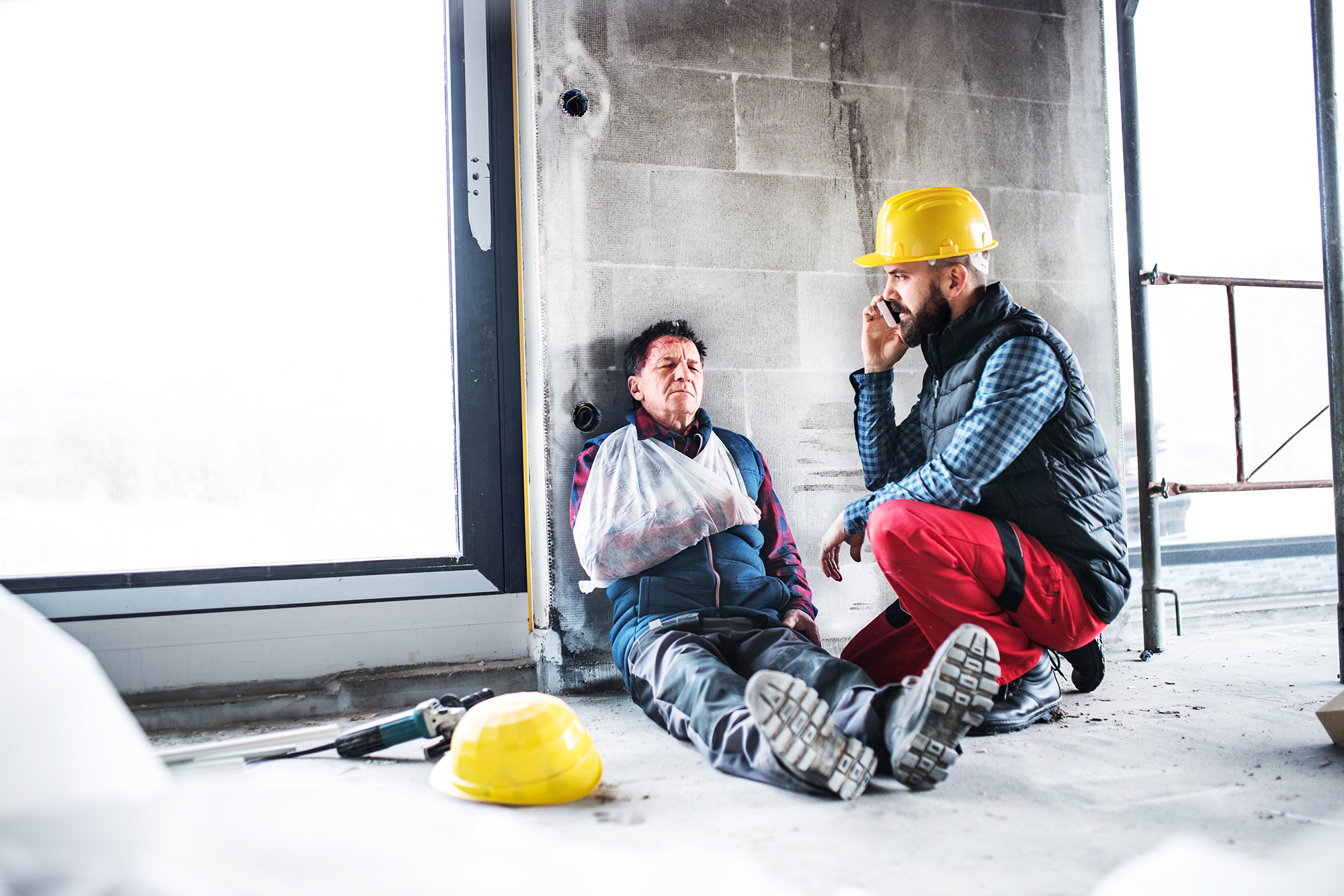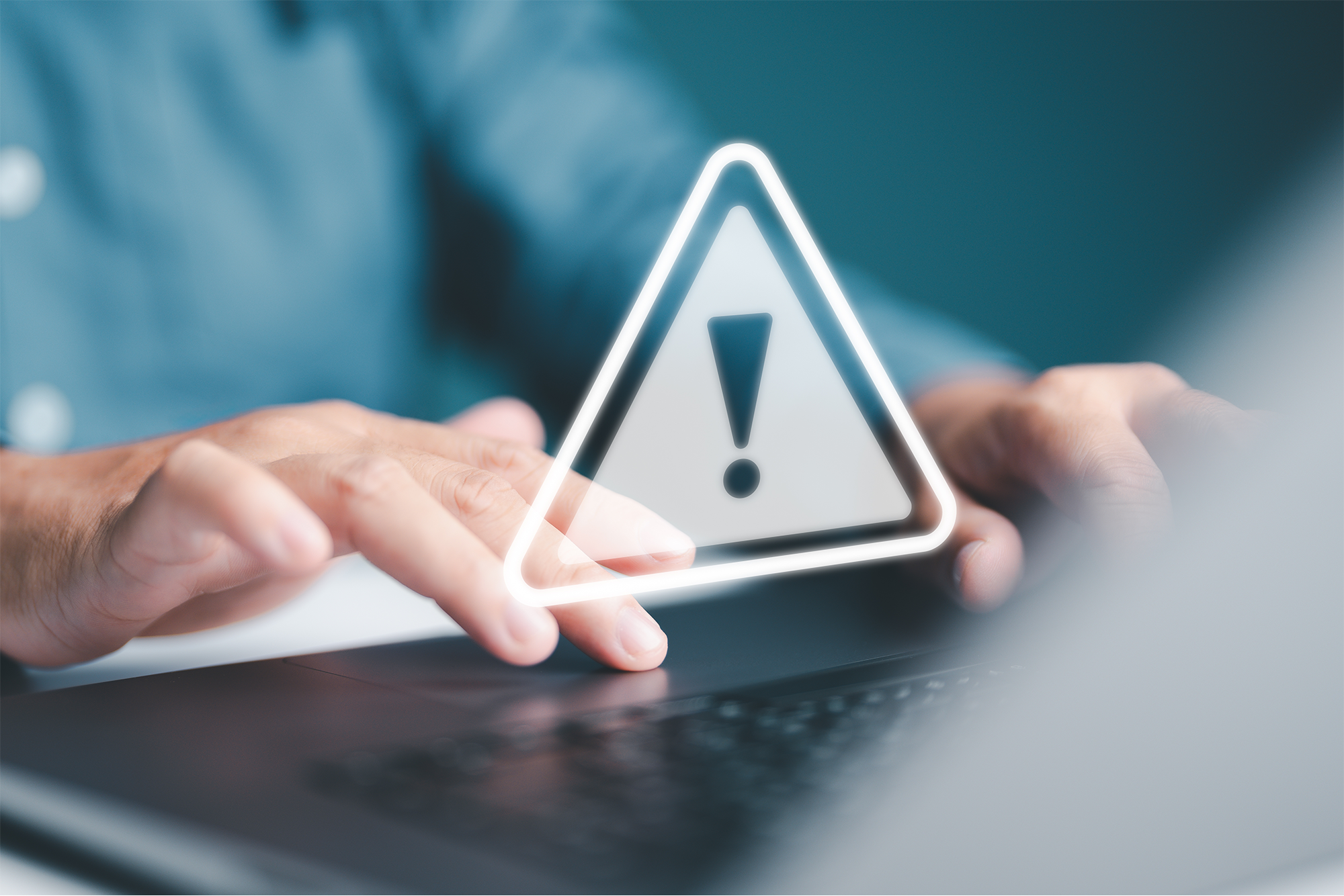The OSHA standard for blood-borne pathogens requires that any employee exposed to blood, or other potentially infectious materials (OPIM), follow proper safety precautions when working with needles and other possible contaminated sharps as part of their job duty.
A needle stick or cut from a contaminated sharp is one of the easiest ways health care workers expose themselves to potentially dangerous blood-borne illness, like hepatitis or HIV. Fortunately, most sharps accidents are preventable with the use of proper engineering controls, safe work practices, and personal protective clothing and equipment.
Handling, Storage and Disposal of Needles and Sharps
The best way to prevent cuts and sticks from sharps is to minimize your contact with them. Follow these safety precautions when handling, storing or disposing of sharps:
- Never reach into a contaminated sharps container.
- Never shear or break contaminated sharps.
- Do not recap, bend or remove needles unless medically necessary. If there is no other alternative, make sure to use a mechanical device or one-handed technique.
- Dispose of sharps immediately after use.
- Dispose of contaminated sharps in designated sharps containers only.
Sharps containers should be puncture-resistant, leak-proof and labeled or color-coded red indicating its hazardous contents. Containers for disposable sharps should always have a lid and be maintained in an upright position to keep liquids and sharps inside.
- Do not place contaminated sharps in a full or overfilled sharps container.
- Never open, empty or manually clean a reusable sharps disposal container.
- Close the lid of a contaminated sharps container before disposing of it.
- Place primary sharps containers in secondary containers for disposal if there is any chance the primary container has a leak. Secondary containers should be closable, labeled or color-coded and leak resistant.
Needle Safety
If you are stuck by a needle or other contaminated sharp, or get blood or OPIM in your eyes, nose, mouth, or on broken skin, immediately flood the exposed area with water and clean any wound with soap and water, or a skin disinfectant, if available. Report the incident to your supervisor and seek immediate medical attention.
For more wellness tips, contact INSURICA today.
This is not intended to be exhaustive nor should any discussion or opinions be construed as legal advice. Readers should contact legal counsel or an insurance professional for appropriate advice. © 2023 Zywave, Inc. All rights reserved.
About the Author
Share This Story
Related Blogs
OSHA’s Safe and Sound Week Scheduled for Aug. 12-18
Each year, more than 5,000 workers are killed on the job. Additionally, more than 3.6 million employees are seriously injured each year while at work. Because of this, the Occupational Safety and Health Administration (OSHA) holds a nationwide event each August called Safe and Sound Week, which promotes the importance of companies incorporating safety and health programs into their workplace. This year, the event runs Aug. 12-18, 2024.
2024 Midyear Market Outlook: Workers’ Compensation
Profitable underwriting results have generated favorable conditions across the workers’ compensation insurance market for nearly a decade. According to the National Council on Compensation Insurance (NCCI), the segment produced combined ratios of 84.5 and 84.9 in 2022 and 2023, respectively, demonstrating continued profitability.
CrowdStrike, the Most Important Cyber Accumulation Loss Event Since NotPetya, Highlights Single Points of Failure
In what is being called “the most important cyber accumulation loss event since NotPetya,” the July 19, 2024, global technology outage (CrowdStrike) will produce scores of insurance claims across a range of policies, test cyber policy wordings,and sharpen the industry’s focus on single points of failure.







